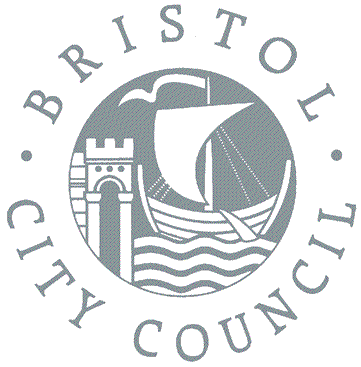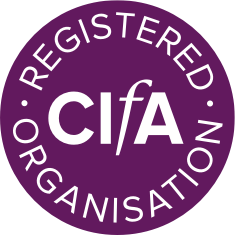Archaeology in Bristol
The archaeology of the Bristol region encompasses a wide range of sites, in terms of both type and date. Chance finds of flint tools are sometimes made and Bronze Age artefacts dating to between 2000BC and 700BC have been found in Westbury-on-Trym and in the city centre. Iron Age forts have been identified at Clifton, Burwalls, Stokeleigh and Blaise Castle; the fort at Stokeleigh has been dated between the third and the first centuries B.C.
Prehistoric, Roman and Saxon
In the Roman period the most substantial settlement in the area was at Sea Mills. Farming settlements are known at Knowle West, Lawrence Weston and Avonmouth, and villas at Brislington and Kings Weston. Evidence for Roman settlement was found during excavations on Upper Maudlin Street and Lewins Mead in the 1970s, and a village is known at Inns Court. Bristol became much more substantial and significant during the Saxon period; the name Bristol comes from the Saxon name Bricgstow, meaning the place by the bridge. The Saxon settlement was focussed around the river crossing at Bristol Bridge, from which it took its name.

Excavation of a skeleton during the 2004 excavations at St James’s
Medieval to modern
After the Norman Conquest, Bristol was fortified and the castle was improved. The city grew to be the second most important in England, after London. Its harbour was of paramount importance in its development. During the English Civil War Bristol’s status as the second city made control of its wealth and port one of the chief objectives of both Parliament and the King. The city experienced a boom in building and expansion during the 18th and 19th centuries, and a great deal of evidence survives from this period, especially industrial in nature.
BaRAS is registered as an organisation with the Chartered Institute for Archaeologists
All material © copyright BaRAS 2004 – 2016




